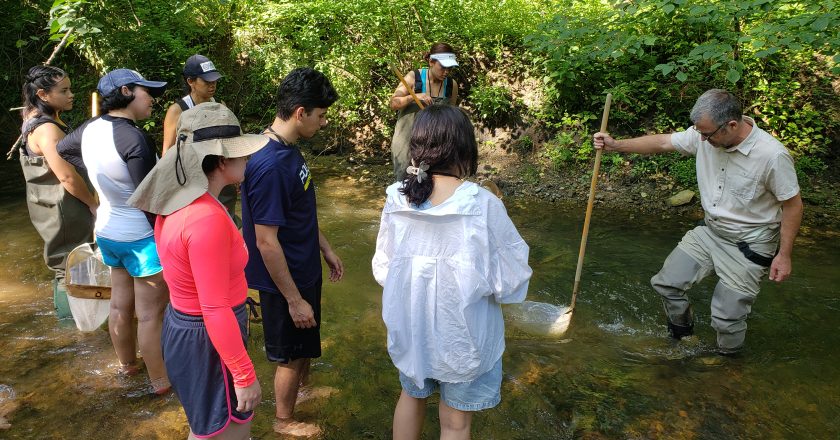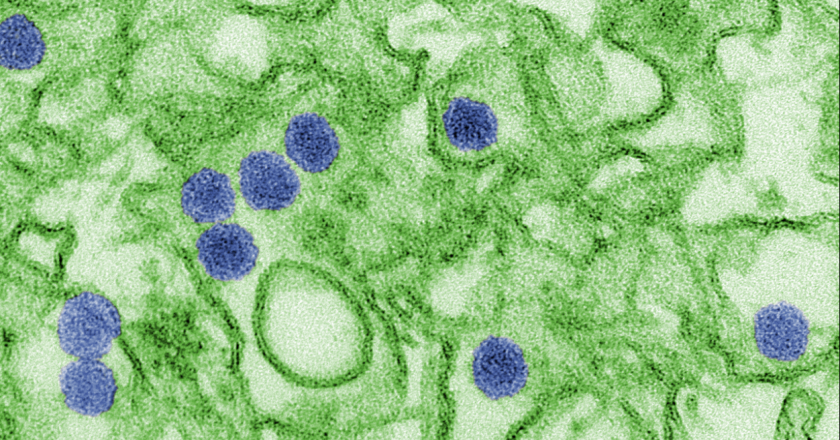“National producers of flowers and ornamental plants in Guatemala project closing 2023 with $142 million in sales, but the volume could increase with a more aggressive international lobby from elected authorities and fewer procedures.
Increasing the volume of exported products and streamlining the requirements for approving new varieties are two challenges facing the sector of ornamental plants (for pots), foliage, and cut flowers in Guatemala. The country could increase its sales in this sector to two or three times the current $100 million annually, but it requires the agility of incoming authorities to access new markets and maximize existing ones.
According to Lorena de Luna, president of the Ornamental Plants Committee of Agexport, despite the sector’s wealth due to the country’s rich diversity, there are still “some barriers in terms of agility to approve new varieties, too many procedures. For example, a Plant Risk Analysis, a study to certify that the plant does not pose a risk to the country, takes months, if not years, to admit a new species.”
While the Ministry of Agriculture has accelerated some processes this year, according to De Luna, it has not been with the agility needed to bring in necessary seeds and plants. She emphasizes the need for the ministry to have a larger budget and personnel to meet the demand the sector aspires to scale.
A factory for specialized nurseries Both Guatemalan plants and foliage have been valued in the United States for many years.
Species exported to the U.S., such as Antirrhinum (snapdragons), adapt to cultivation cycles to produce colors according to the season. Roses, gerberas, bird of paradise, and other exotic cut flowers and foliage for arrangements, such as leatherleaf and tree fern, are also part of the portfolio.
Guatemala is also becoming a major exporter of cut flowers for large companies, garden plants like chrysanthemums, which are planted in U.S. nurseries and then marketed as ornamental plants. De Luna sees the country as “a product maquiladora for very specialized nurseries.”
However, the sector now feels ready to seek acceptability in other regions, such as South American markets. With the support of the Ministry of Agriculture (Maga), they have pushed for the reduction and facilitation of requirements for importing vegetative material, achieving new products such as dianthus, mini callas, and solanaceae, for which acceptability is being processed in the U.S. and Europe.
However, the speed challenge for acceptability is joined by a significant logistical limitation in the country. “Costa Rica and El Salvador are more agile in exporting a plant and sending it to another country—even though they are farther than Guatemala. If we project doubling the volume, we necessarily have to go to the United States, the European Union, and South America, the latter having a high population, and the economy is not suffering as much as other countries,” says De Luna.
She emphasizes that, due to insufficient volume, “we are not competitive to enjoy good maritime and air rates. Costa Rica pays up to $500 or $1,000 less per container, but due to their volume, they can negotiate better rates.”
A message from the sector to the elected authorities is to have a real lobby between governments, opening the market not only individually on the private side but also with Maga authorities and their bilateral counterparts.
“The migration to the United States has also affected the availability of labor,” De Luna continues, as “the sector employs women for greenhouse work (up to 80% of the staff), and personnel are also needed for precision agriculture.”
Good practices Brigitte Obrock, coordinator of the Ornamental Plants Commission of Agexport, adds that there is potential in pony and rose producers to increase volume and quality to reach international markets. However, it requires applying technologies, access to bank credits, training, and technical assistance to enable them to become exporters, she said.
It is a challenge for people to be trained in good agricultural practices to meet Maga’s verifications regarding phytosanitary issues, Obrock said.
For Lizzy Montero, Marketing and Sales Manager of Sunfresh Farms, a company that recently received the Exporter of the Year Award, authorities should focus on supporting producers to improve the quality of flowers and ensure they apply good practices. They should also promote their participation in international fairs with their products.
Farms work to maintain standards; Sunfresh Farms has Rainforest Alliance certification—covering good agricultural, environmental, and social practices—and others are in the process of certifying, Montero explained. While not a requirement to enter markets like the United States, some customers require it for purchase.
Every year, audits are conducted to maintain certification, representing significant challenges, Montero added.
Overview in numbers More than 55,000 hectares in seven Latin American countries, including Guatemala, are dedicated to the cultivation of flowers and ornamental plants, according to data from the specialized site MetroflorColombia, which recognizes the region’s advantages for developing this important business.
In Guatemala, the Ornamental Plants, Foliage, and Flowers Commission of the Guatemalan Exporters Association (Agexport) indicates that there are approximately 3,500 hectares of production, allowing for exports of over $100 million annually in both cut flowers and ornamental plants.
Last year, the Directorate of Policy and Economic Analysis of the Ministry of Economy reported that the sector exported 30,677 metric tons of flowers and foliage and 17,798.4 metric tons of roots, bulbs, seeds, and ornamental plants to destinations such as the United States, the Netherlands, Germany, El Salvador, Honduras, Japan, and Colombia. In total, these exports generated $142.3 million in foreign exchange.
The most demanded products in this sector include leather leaf, yucca, beaucarnea (Pony), dracaena, roses, chamadorea SP, asparagus SP, tillandsia, sansevieria, and croton plant.
Colombia and Ecuador stand out as rose exporters in the region and represented $975 million, 34% of the total global, according to a note from the World Economic Forum (WEF) in 2020.
The quality and durability of the roses exported by Guatemala are comparable to the Colombian offer of these flowers, Montero explained.
The size of the flower and the length of the stem are characteristics that must be carefully maintained to meet the standards of exported roses.
Promising horizon The Ornamental Plants, Foliage, and Flowers Commission estimates closing with $142 million for this year and projects an 8.5% growth in 2024 with sales to European destinations, the United States, Canada, Hawaii, and Japan, among others.
In addition to strengthening the production chain of the sector and adding value to the exportable offer with bouquets and diversifying varieties to enter new markets, Montero said, “We seek to change the market; we are already positioned, but we need to increase production to meet demand.”
Guatemala participates in forums, international fairs, specialized magazines, and ventures into floral tourism with visits to botanical gardens and fields, flower festivals to attract travelers interested in these tours, and to stimulate the local market.
The sector aligns with the most important trends that involve producing plants that contribute to reducing air pollution; colors that mark a fashion trend, for example, the Pantone Color Institute designated Peach Fuzz as the color of the year for 2024—a pastel shade that combines with a wide range of colors from reds, fuchsias to blues and greens, providing great possibilities for design, decoration, and color varieties in trending flowers.
Guatemala supplies the demand of supermarkets and clients who are distributors and decorators, requiring good logistics to arrive on cargo flights, maritime containers, or land transportation with punctuality and quality.
The flower growth cycle is 16 weeks, and harvests occur year-round.
In the current season, demand is growing by 300%. However, market coverage depends on production. Over the past three years, the climate has been very cold between November and January, delaying production, Alvarez commented. About 40,000 stems are cut each week, and in peak seasons like Valentine’s Day and Mother’s Day, the harvest doubles.”




